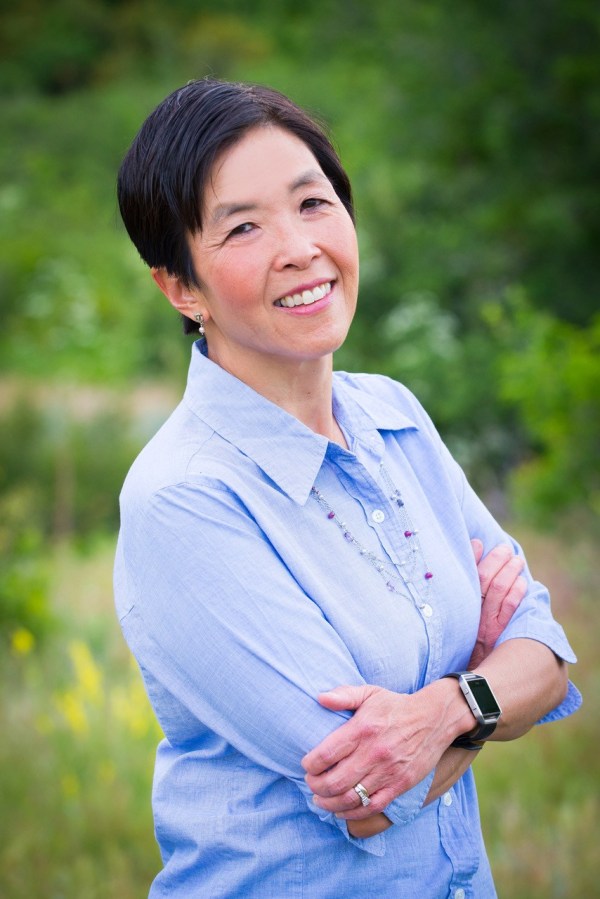One of the great things about my recent travels is discovering new wine-growing and producing areas around the country and the world. While I love Napa and Sonoma, which was the only wine country I knew, I’ve learned about Paso Robles (also in California), Oregon’s Willamette Valley, Washington State’s Yakima Valley and now the Finger Lakes region in New York State.
Last week, I attended the International Food, Wine and Travel Writers Association’s (IFWTWA) annual conference in Corning. While most of my friends and colleagues went on pre-trips and were planning post-trips, I only attended the conference. Maybe if I hadn’t gone to Seattle and Northern California in the previous weeks, I may have tried to go on them. From their posts, I hope to return someday and go to those destinations, especially the Laurel Highlands in Pennsylvania and Canandaigua on one of the Finger Lakes, Kekua.
The conference was fantastic; I learned new ways to approach travel writing and content creation. But this was an area of the country I’d never been to before, and I was surprised at how scenic it was, filled with rolling green hills, farms and forests. I knew this part of New York State existed, but I loved how it exceeded my expectations. Here are some things I saw and enjoyed in the Finger Lakes area.








Corning
This town’s showcase is the Corning Museum of Glass, which evolved from its 170-year-old-pus primary industry, which started as Corning Glass and made items like Pyrex and Corningware. It’s now grown to ceramics glass science, and optical physics and dominates with its complex of buildings in various locations. However, visitors can view glass as artwork in the museum and create their own.
Another must-see in Corning is Market Street, the main area of the Gaffer District. It’s about five blocks long and filled with restored Victorian-era buildings that now house various stores and restaurants. Every morning, I took a walk or run along here and noticed the charm of these businesses. However, many close early or don’t open on Sundays and Mondays. As I arrived on a Saturday evening, I could only window shop.







Rockwell Museum
Western native Bob Rockwell moved to Corning to help a relative in his department store. Eventually, he collected Western and Indigenous art from his travels to his home area and amassed enough to establish a museum with the help of some local friends. The museum was then moved to the old city hall, where it has been since 1982.
For a small museum, the Rockwell has an impressive collection of paintings, sculptures and other artworks. The most remarkable pieces relate to the plight of indigenous groups. However, one display that made an impression was a stack of about 50 to 60 blankets with handwritten tags attached. These told their owners' stories of the blanket and its significance.













Wineries and restaurants
Most of our local food was served at two receptions, a welcome and a closing. The first was at the Corning Museum of Glass, where we also saw a glassmaking demonstration. However, the food and wine pairings were the focus, and most of them were spot on. I especially enjoyed the chicken mole tacos, which went surprisingly well with the sparkling wine. Our second gathering was at the Glenn Curtiss Museum, which featured various autos, airplanes and motorcycles. My favorite dish here was the bread pudding with bourbon sauce.
The one restaurant we visited was Quincy Exchange, which also has a wine shop next door where we did a tasting. I probably ordered the wrong dish: a cavatappi with crème fraiche, heirloom tomatoes and dill. While it sounded good, it was bland and was only flavorful when one of my tablemates gave me some roasted chicken to accompany it. But I did love the dessert, a coconut milk panna cotta with a seasonal fruit compote. There was also malfanelle with lamb, roasted chicken entrees, salad, and calamari for starters.
Here's more about those fantastic wineries in the area, from writer Stacey Wittig: Best Finger Lakes Wineries Near Corning You Need to Visit.







Watkins Glen
On my last day in the Finger Lakes, I went to this small town about a half-hour north of Corning. Watkins Glen is known for its auto racing, but equally renowned is its stunning state park, which has nearly 20 waterfalls and sandstone and shale cliffs about 100 feet high.
While I didn’t see all the falls - because that would have involved a much longer hike into the canyon - I viewed just enough to be impressed with them. It’s a beautiful natural escape in an abundant area with them.
